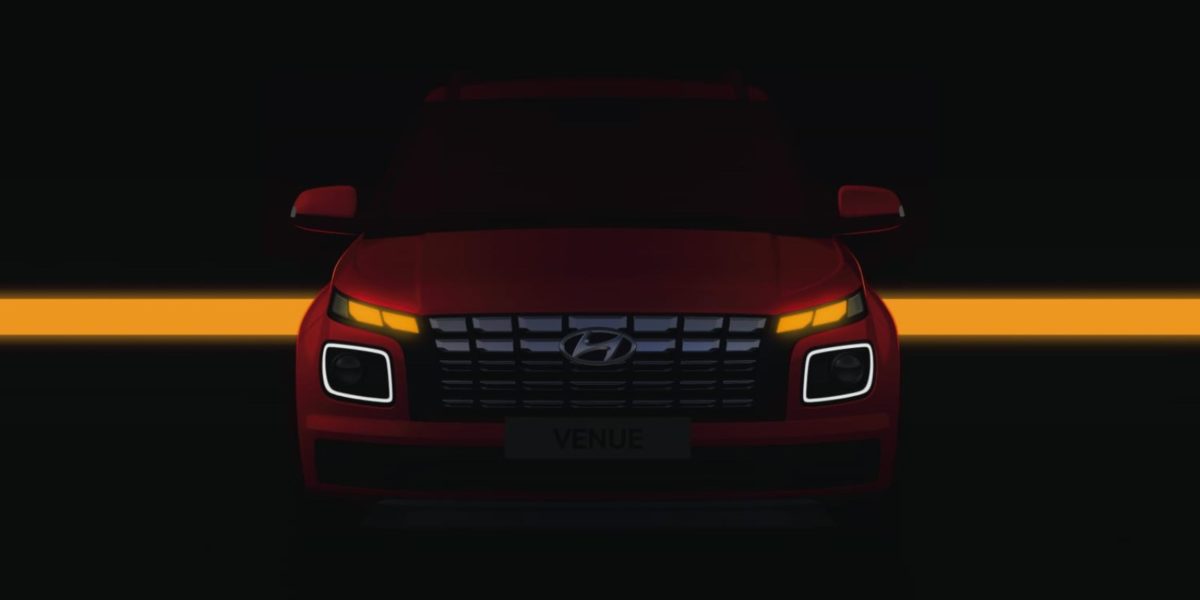Hyundai has officially confirmed that the Venue facelift will be launching on the 16th of June. The Venue facelift won’t just be a mere facelift with minor changes. The compact SUV is expected to receive a major overhaul in terms of design, safety, and mechanicals. Taking all of this into consideration, let’s take a look at all the changes that we expect the Venue facelift to carry:
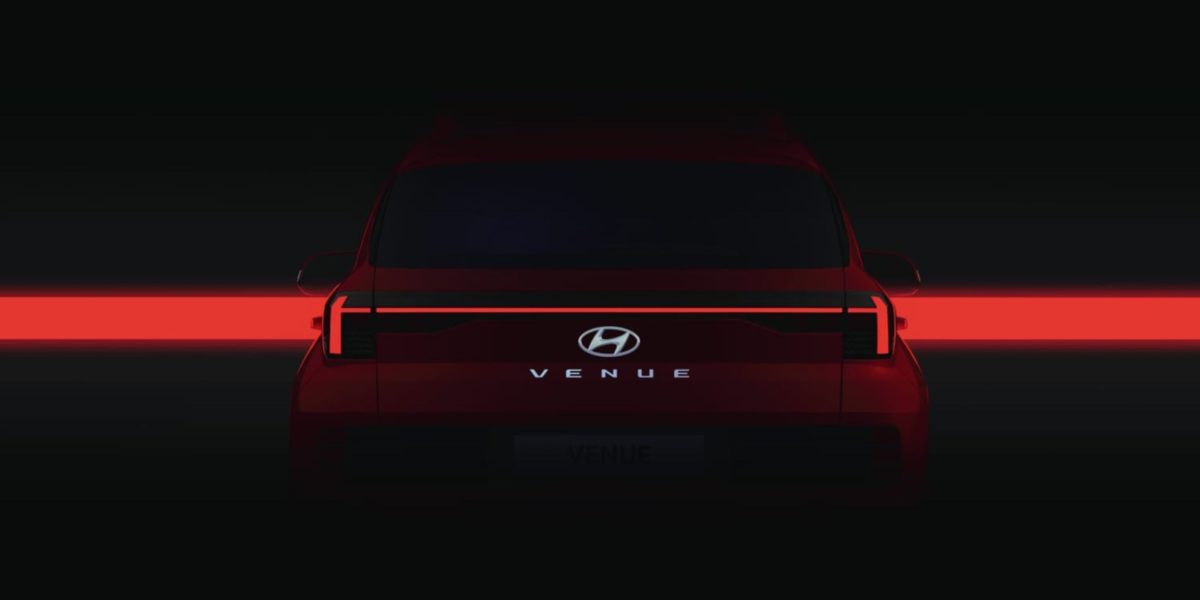
Extensive Design Changes
The Hyundai Venue facelift carries a lot of changes to its design, especially the rear. The Venue facelift features a redesigned front fascia which is more in line with Hyundai’s larger SUVs like the Tucson and Palisade. The older grille has been replaced by a square parametric grille which is finished in chrome. The projector headlamps are placed on the lower part of the bumper just like before with the LED DRLs integrated into them. The turn indicators now get a split design.
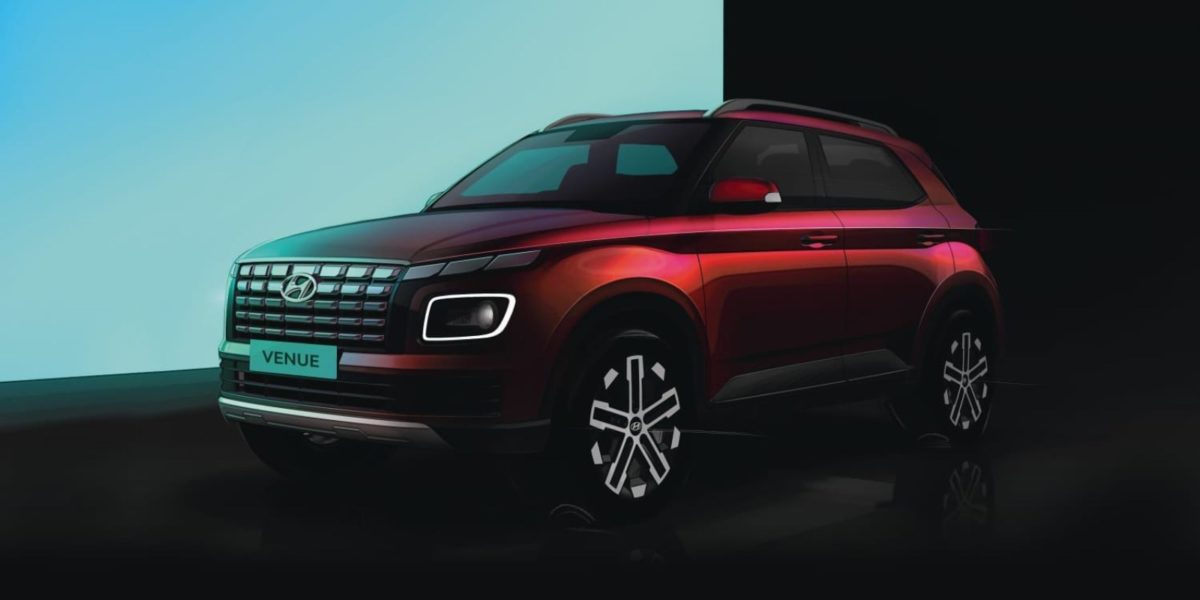
The side doesn’t see any major changes except the new 16-inch alloy wheels. The rear gets a completely new look thanks to the horizontal LED taillights which are connected by a thin LED strip. The reversing light is placed lower down and is stacked vertically with the reflector. Other details include silver skid plates for the front and rear, a shark fin antenna, and an electric sunroof.
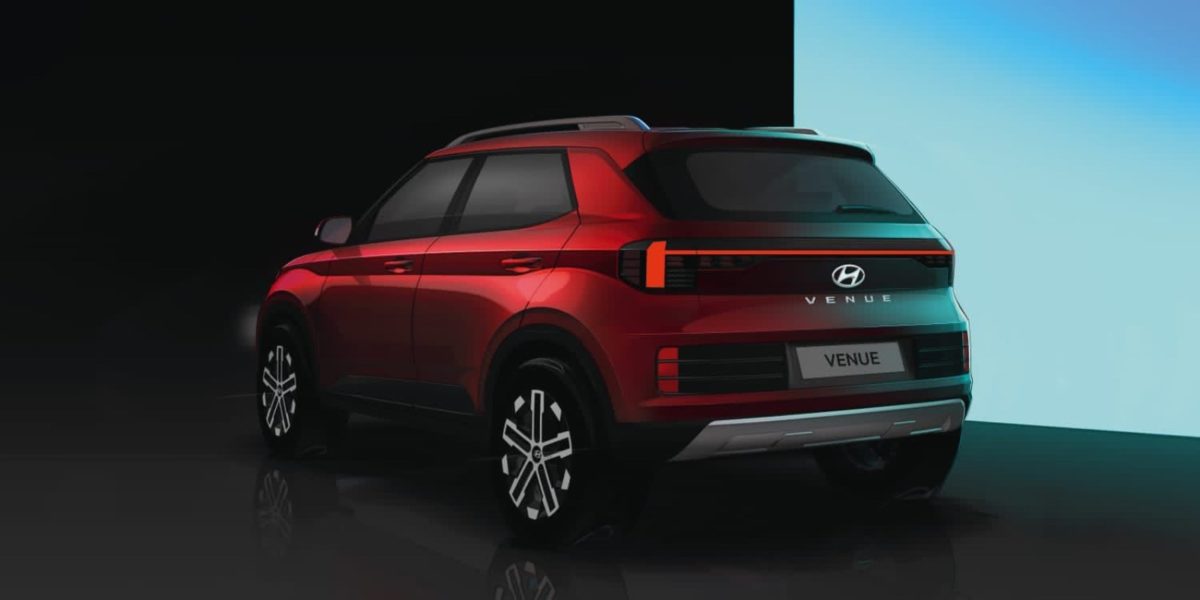
Feature loaded cabin
Though we haven’t had a chance to take a look at the interiors yet, we can expect the interior of the Venue facelift to feature extensive changes too in terms of features and the layout. The current 8-inch screen will be replaced by a 10.25-inch screen. The instrument cluster is expected to be a digital unit as well. Features like a cooled glovebox, keyless entry, push start/stop, cruise control, sunroof, Bluelink connected car tech, automatic climate control, android auto, and apple car play and wireless charging will be retained. One can expect the addition of ventilated seats as well.
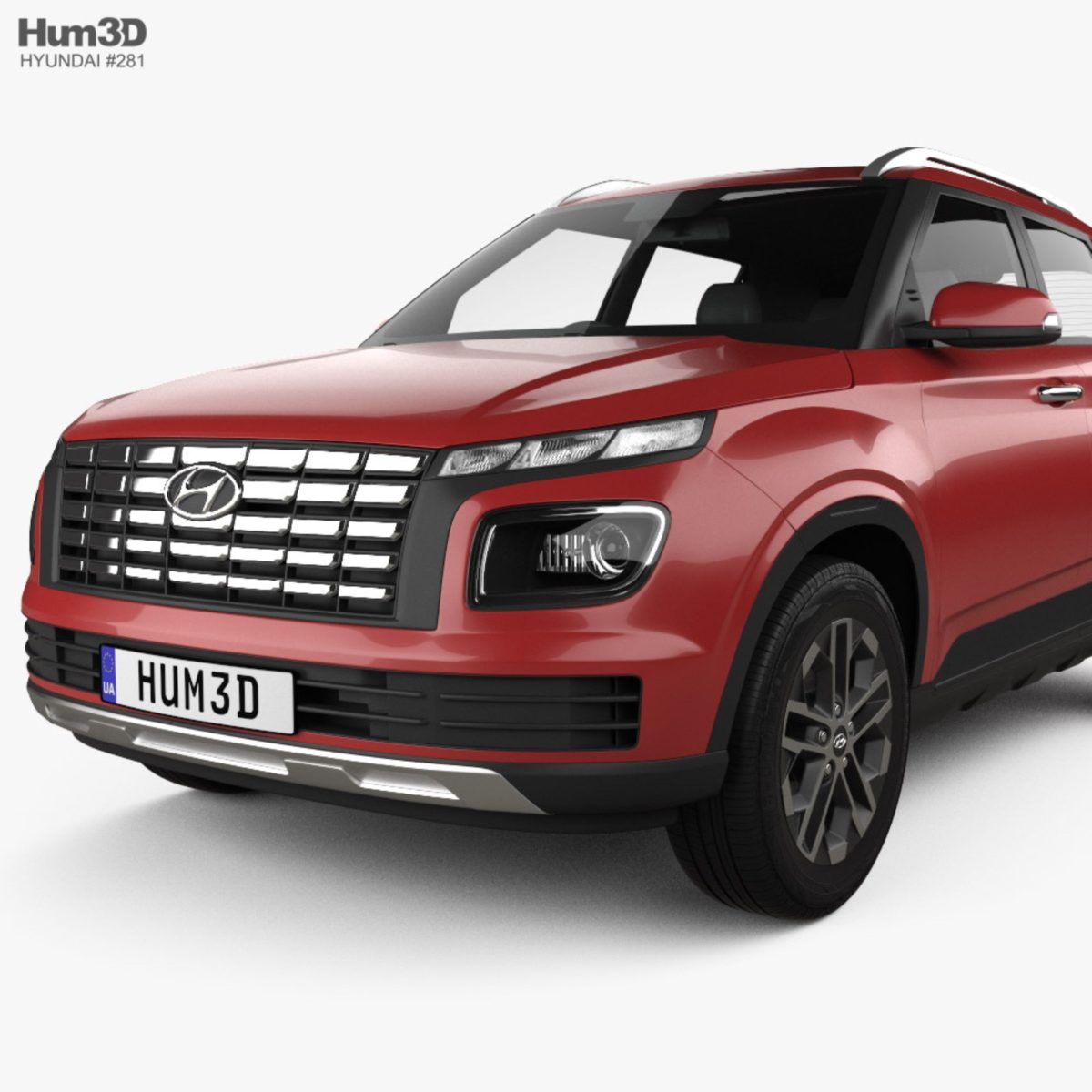
Additional Safety
In terms of safety, the current Venue is equipped with 2 front airbags, ISOFIX mounts, and ABS as standard, while the top variant also gets the option of 6-airbags. The top-end variants also get the option of switchable traction control which is enabled using the ESP (Electronic Stability Programme) and a Hill Hold Assist option. Other safety features include ISOFIX child mounts, a reverse parking camera, and Tyre Pressure Monitoring System(TPMS). With the facelift, we expect Hyundai to make some of these features standard considering that its distant sibling, the Kia Sonet, was updated with more standard safety features.
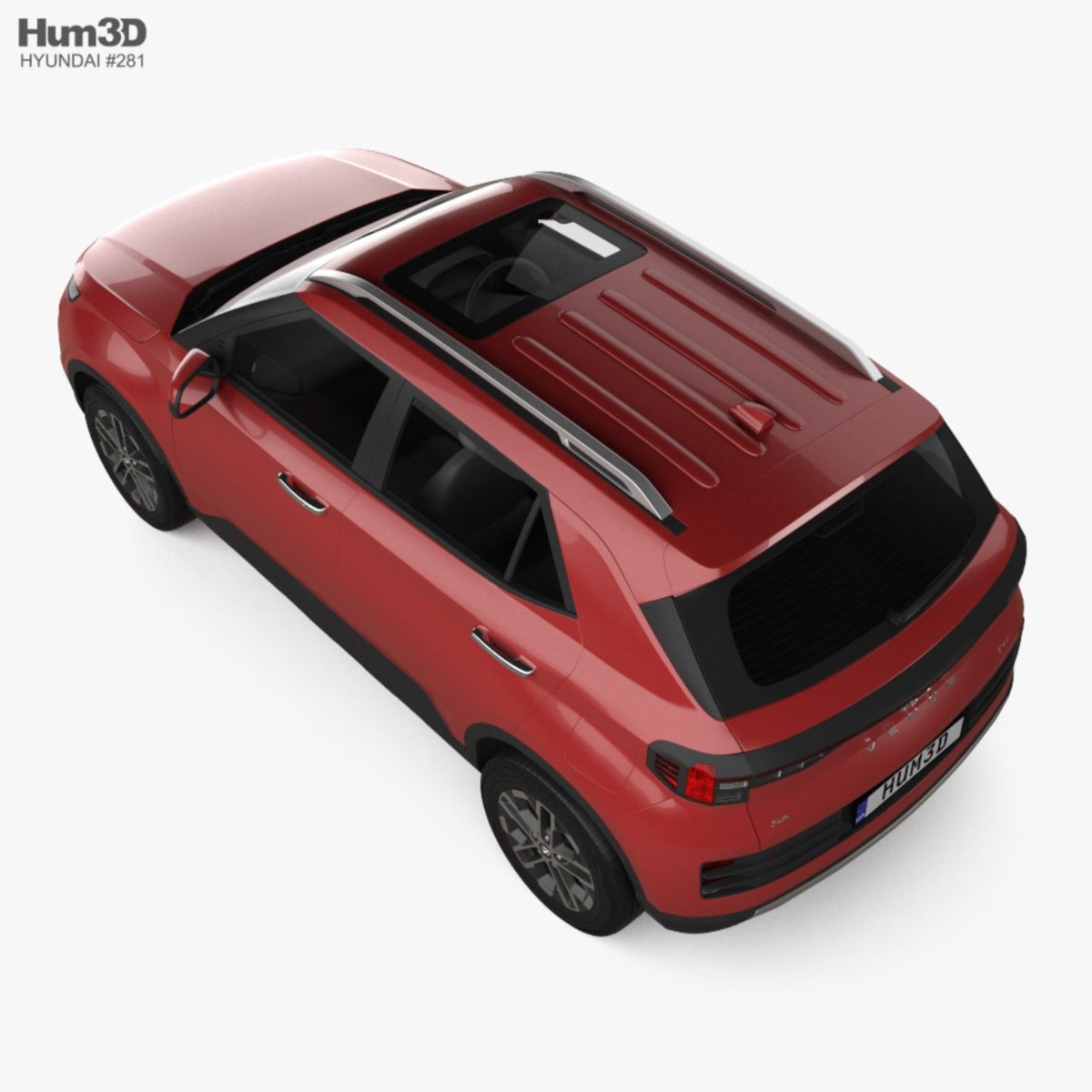
Familiar Powertrain
The Venue facelift will continue to offer the same powertrain options as before. The naturally aspirated 1.2-litre four-cylinder engine churns out 83ps and 114nm of torque. It is mated to a 5-speed manual transmission. The 1.5-liter diesel churns out 100ps and 250nm of torque mated to a 6-speed manual transmission. The turbocharged 1.0-liter 3-cylinder petrol engine produces 120ps and 172nm of torque. It gets an option of a 6-speed manual, 7-speed dual-clutch automatic, and a 6-speed iMT. The Venue facelift could also offer a 6-speed torque converter automatic paired to the 1.5-liter diesel in the 115ps tune just like the Kia Sonet.
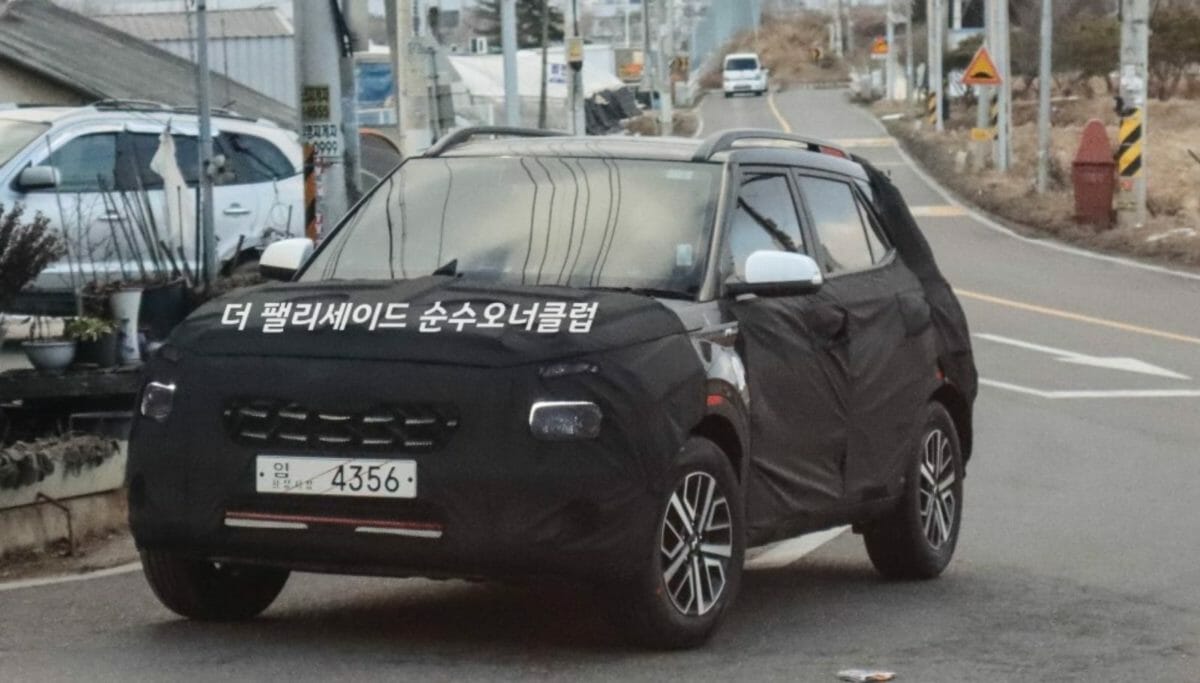
Hotter N Line variant
The Venue facelift will bring a host of changes including an overhauled design and upgraded equipment. However, Hyundai will be making the Venue even more exciting by launching the N Line version after the facelift! As it is an N-line, it is expected that it will get red bits on the bumper (both front and rear) which adds a certain character to the car. There are other places too where the venue will get red bits such as front brake caliper, roof rails, etc.
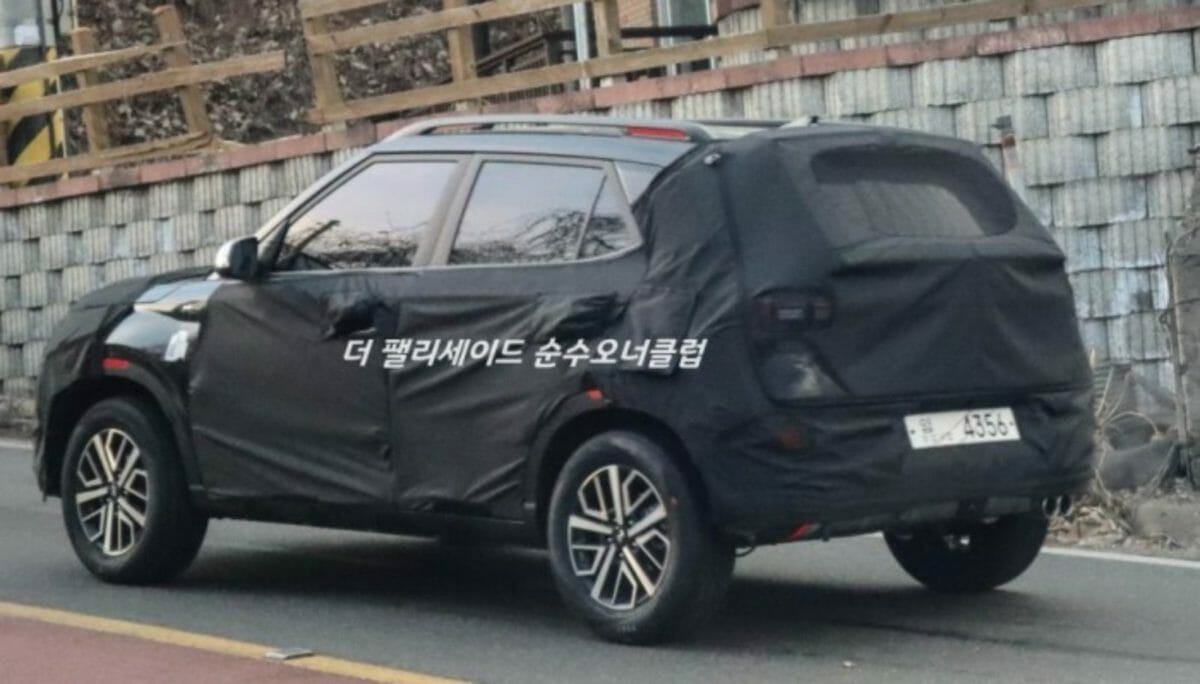
Other noticeable changes in the exterior are the new Hyundai’s ‘Parametric’ grille and dual exhaust tips which are tuned to define its N-line character. It will also get a new set of 16-inch diamond-cut alloy wheels which will be different from the standard variant. In the interior, it is expected that the car will get N-line badges, contrasting red stitching, and red accents all around. It will also get a new N Line steering wheel, N Line gear knob and aluminium pedals. Talking about the powertrain; it will be available in a 1.0L three-cylinder Turbo-Petrol engine that produces 120HP which will be mated with 7-speed DCT AT and 6-speed iMT gearbox. One can expect Hyundai to tweak its steering and suspension like the i20 N-Line to make it more fun to drive.

